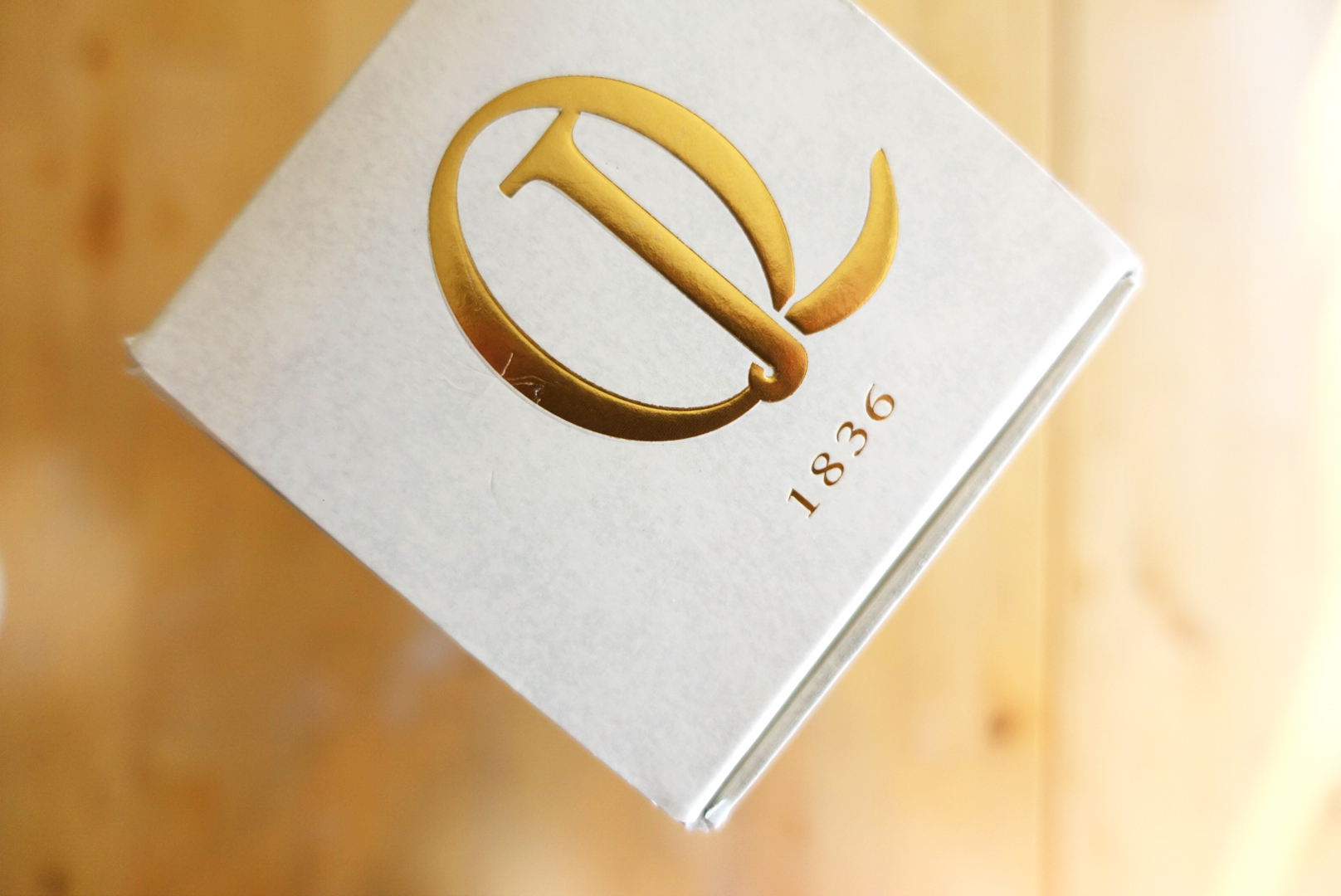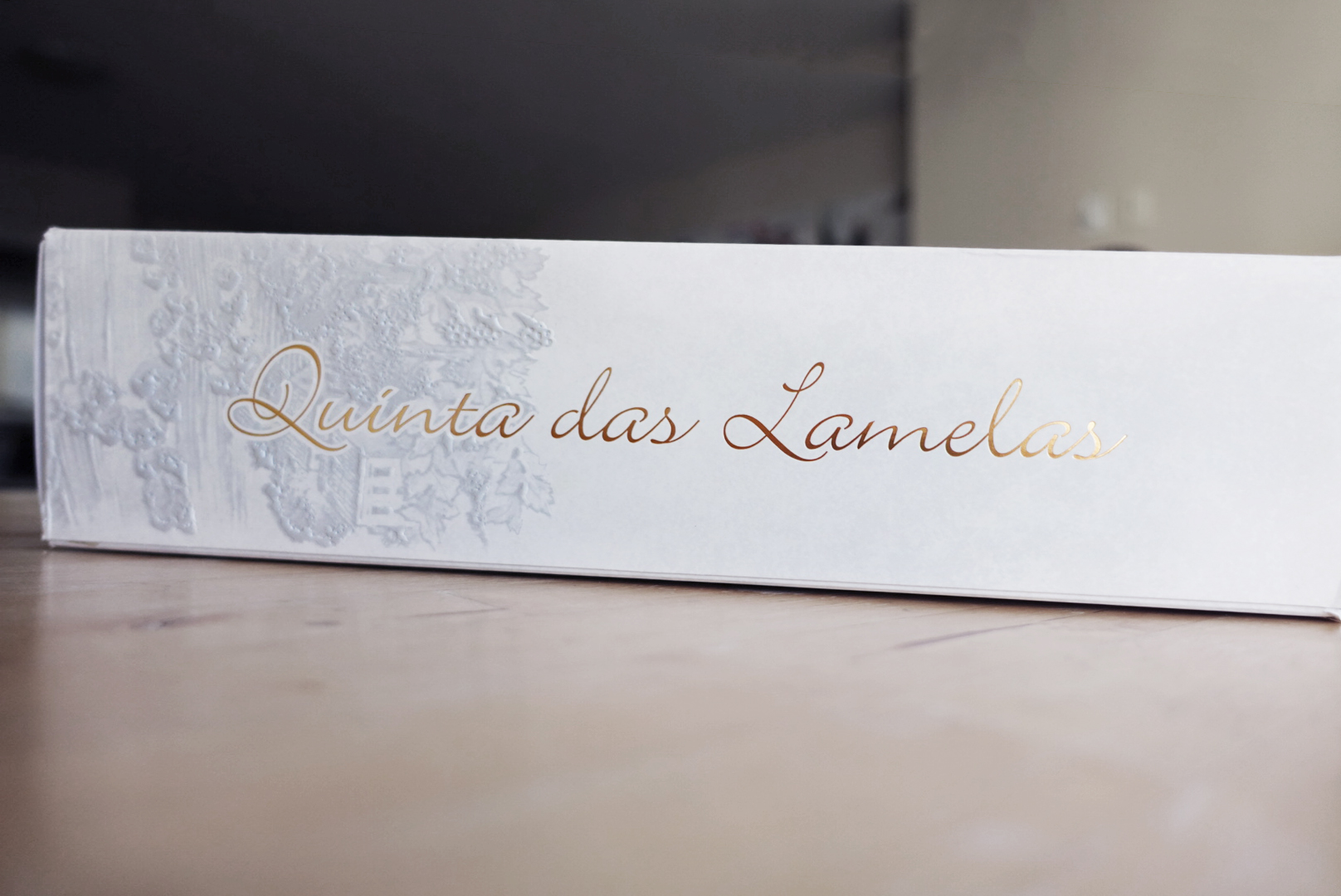PORTUGAL || Port Wine

For wine lovers out there, how you ever tasted Port Wine? It has higher alcohol content because its process involves adding brandy (yum!) during the fermentation process. Adding the brandy helps to preserve the wine in the old days as it was being shipped for long periods of time across the oceans to importing countries.
What's so special about Port Wine?
There is an official regulatory body established and funded by the Portuguese government to ensure the quality and origin of Port Wine (Instituto dos Vinhos do Douro e Porto). Portugal has over 30,000 wineries large and small who make table wine or Port Wine. Some wineries choose not to make Port Wine because of the stringent tests the officials put the wine through to ensure it meets the Port Wine standards.
Port wine can only be made from grapes grown in the Douro Valley in Portugal, as the climate there, with excessively hot summers, and cold winters, shale rocks that store water and cool the vines throughout the year, make it an ideal location to produce Port Wine. If you try producing Port Wine elsewhere you will not be able to achieve the same taste.
The alcohol content in Port Wine is quite high in comparison to other wines, ranging from 17 - 23%! The taste is also is on the sweeter side in comparison to regular wines you would consume. Not as sweet as an Ice Wine but we love how Port Wine has a kick (lots of alcohol) and a sweet taste to it.
The Types of Port Wine
There are 4 types of Port: White Port, Rose/Pink Port, and 2 types of RED port: Tawny and Ruby.
Why are there two types of red port? It's the difference in the aging process. Tawny Port Wine is aged in smaller barrels, so the alcohol touches the sides of the barrels more often, and the wood sucks out the color of the wine, leaving it a lighter, browner color. Ruby port is aged in large barrels, often the in barrels that are a few meters high, so the alcohol contact with the wood is less, giving it a more red, ruby-like color. The wines are kept in wood barrels for two - three years before they are bottled, with the EXCEPTION of Rose Port, which is bottled right away and not aged in barrels. Rose Port was only made starting from
The wines, while they are aging in the barrels, absorb the various scents of the blooming fruits and sweet flowers in the Douro Valley, so it is not unusual to taste the fruits and other natural scents in Port Wines.
Recognizing Port Wine
How can you tell that the bottle you have is an authentic bottle recognized by the Port Wine Institute? Each and every bottle has a unique stamp/sticker on the bottle, so make sure you check it before purchasing!
Grading Port Wine
Sometimes you see the words "20 anos" or "40 anos" on a bottle of Port Wine, but what does that mean? It means it is a BLEND/MIX of grapes from various years and the AVERAGE years of all the grapes in the bottle. SO it means a bottle that says 20 anos, may have grapes that are 5 years, 10 years, 20 years, and 50 years in the bottle.
Reserve - When the bottle says "Reserve" it means the age of the Port Wine is between 6 - 10 years. Usually people think a bottle that says Reserve means it's very old. Wrong!
Vintage - Vintage wines are also often perceived as very old wines, but this is also a misperception, Vintage Port Wines simply means that the bottle was made with grapes from that year only. So for example, a 2011 Vintage (which should be noted that 2011 has been the best year for Port wine in the past decade) means that only grapes from that year were used in the bottle. This is an exception allowed by the Port Wine Institute. Most Port Wines are 20 anos or 40 anos with a blend of grapes, but Vintage years are classified as the best individual years, and the Port Institute will allow wineries to produce wines using just that year's grapes. The takeaway point? Vintage years means the grapes were VERY GOOD.
Late Bottle Vintage - This is the same as a Vintage in that the wine is made from grapes from the same year; the difference is that the wine was aged for 2 years before being bottled, hence the "Late Bottle" Vintage.
Storing Port Wine
As with all wines, you want to lay the bottle horizontally so that the sediment goes to the bottom side of the bottle and more importantly the alcohol is in touch with the cork.
How to Drink It
Going for dinner in Portugal? Keep in mind that a White Port is served as an apertif before dinner and red port is served after dinner with the dessert!












